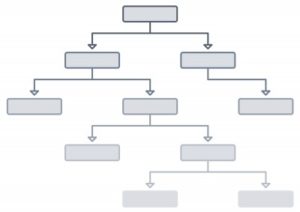Cultivating the Courage to Ask for Business – Part 3
 This is Part 3 of a 3 part series in which Debra L. Bruce talks to attorneys about less painful and more effective ways to ask for business from potential clients.
This is Part 3 of a 3 part series in which Debra L. Bruce talks to attorneys about less painful and more effective ways to ask for business from potential clients.
Networking Is Key
So how do you get into conversations with potential clients, or create the connections that can improve your likelihood of success, without making cold calls or being pushy? Networking is key. One in-house counsel said, “I enjoy talking to new people who introduce themselves at a conference or an event, particularly if they are confident, poised and friendly – without being overly aggressive.” Another said, “In order for a law firm attorney to have some chance of getting my business, I almost always would need to have met that person and ideally have had an opportunity to interact with them in a legal setting, such as serving on a bar committee or participating on the same seminar panel or co-authoring an article with them.”
So don’t give up on speaking, writing, bar service and trade association activity just because your phone doesn’t ring the next day. You are demonstrating your expertise and putting in place relationship building blocks. If you don’t meet a potential client, you might get to know someone who can later make an important introduction or referral. Corporate counsel frequently seek referrals from lawyers they trust, particularly other corporate counsel. […]

 This is Part 2 of a 3 part series in which Debra L. Bruce talks to attorneys about less painful and more effective ways to ask for business from potential clients.
This is Part 2 of a 3 part series in which Debra L. Bruce talks to attorneys about less painful and more effective ways to ask for business from potential clients.






